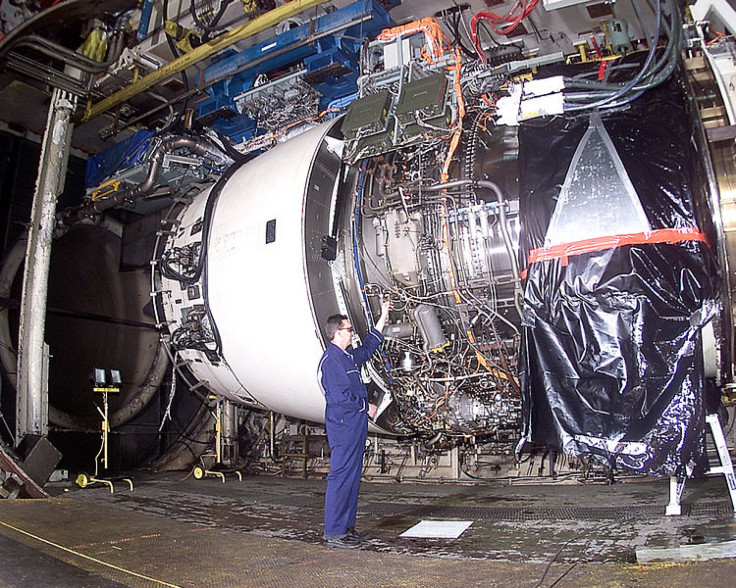Aircraft Engine Maker Rolls-Royce ‘Regrets’ The Nearly Disastrous Engine Explosion Of A Qantas A380 Jet Over Indonesia In 2010

Rolls-Royce Holding PLC (LON:RR) takes no umbrage over Australia’s conclusion that an engineering mistake by the British aircraft engine maker led to the Qantas Flight 32 engine explosion that littered debris on Indonesia’s Batam Island and forced an emergency landing of the A380 aircraft in Singapore.
"This was a serious and rare event, which we very much regret,” Colin Smith, the company’s head of engineering, said after the ATSB issued its final report on the incident on Thursday regarding the failure of the Trent 900 engine used to power all Airbus A380s. The engine failure on Nov. 4, 2010, was the first aviation accident involving the world’s largest commercial aircraft.
Nobody was killed or injured, but the aircraft was carrying 469 people after taking off from Singapore’s Changi Airport. A major fatal aircraft accident was averted because the shrapnel that ripped the aircraft’s wing in the explosion didn’t inflict enough damage to cause pilots to lose full control of the aircraft. They managed to return the plane to Changi after a harrowing 50 minutes of in-flight assessment and landing the aircraft with just 100 meters (328 feet) of runway left.
Qantas Airways Limited (ASX:QAN) grounded its A380s temporarily in the wake of the incident. Rolls-Royce ended up paying the carrier $88 million as compensation.
The British company says it has rectified the problem, calling it a “serious and rare” incident.
The ATSB said the wall of the pipe was too thin at one section, leading to “fatigue cracking” that spilled fuel, which ignited and caused the explosion that knocked out one engine, a hydraulic system and the plane’s anti-lock brakes, according to an ATSB report.
© Copyright IBTimes 2025. All rights reserved.






















